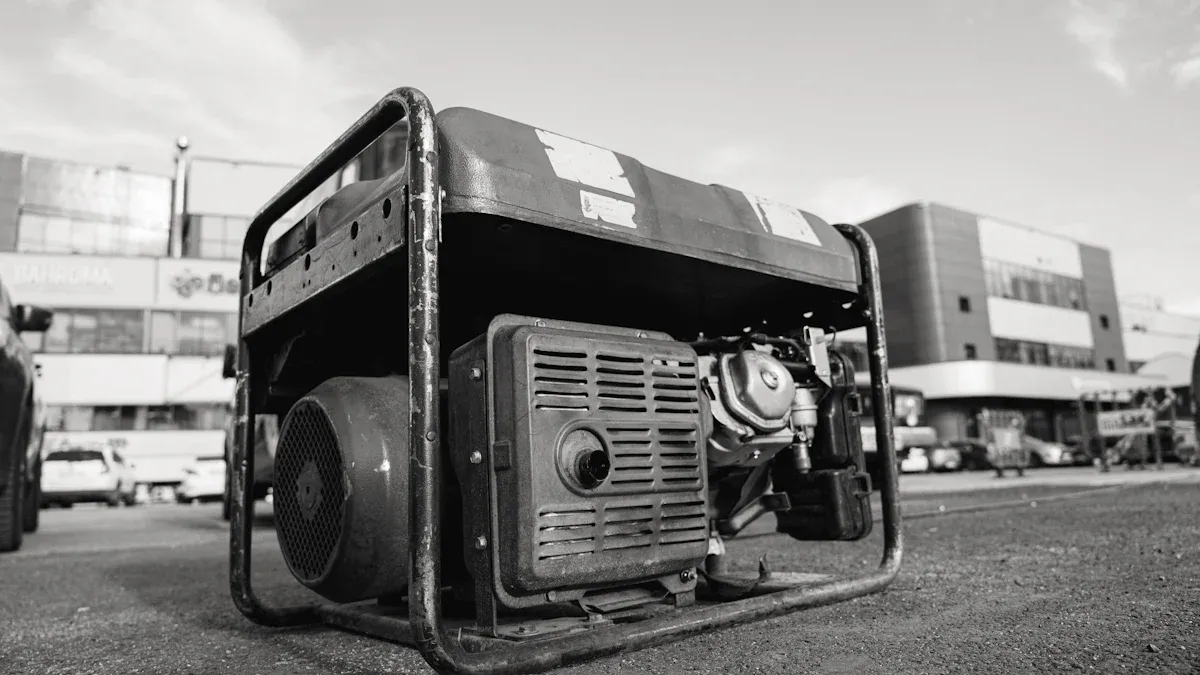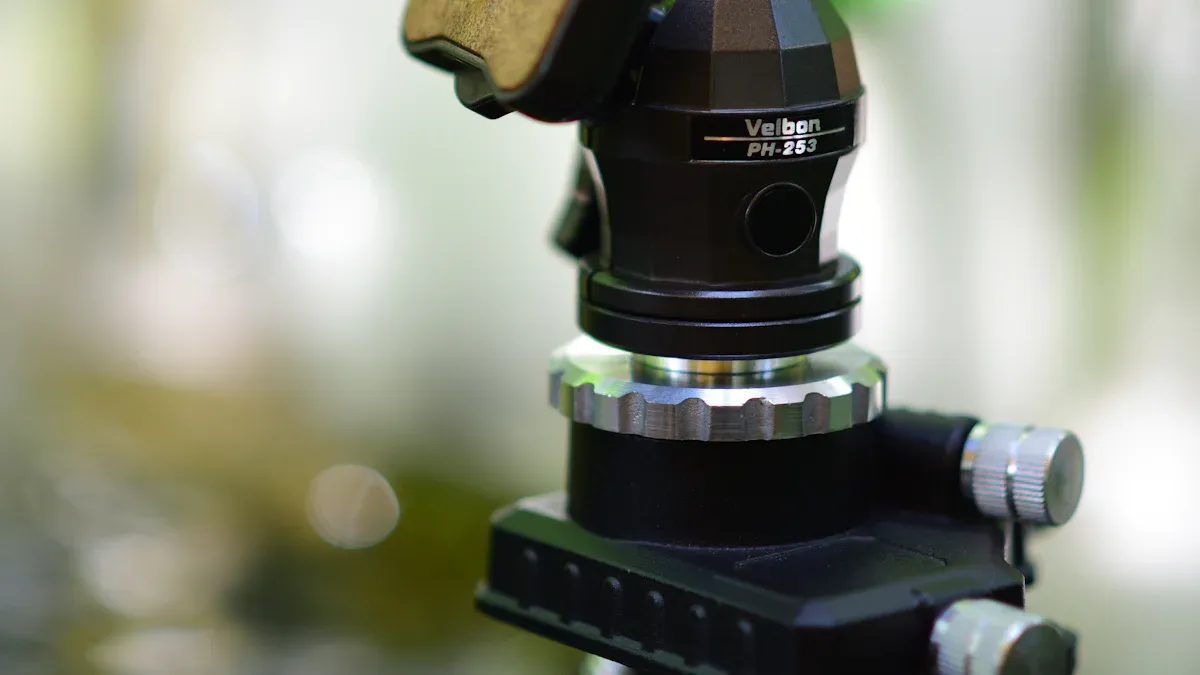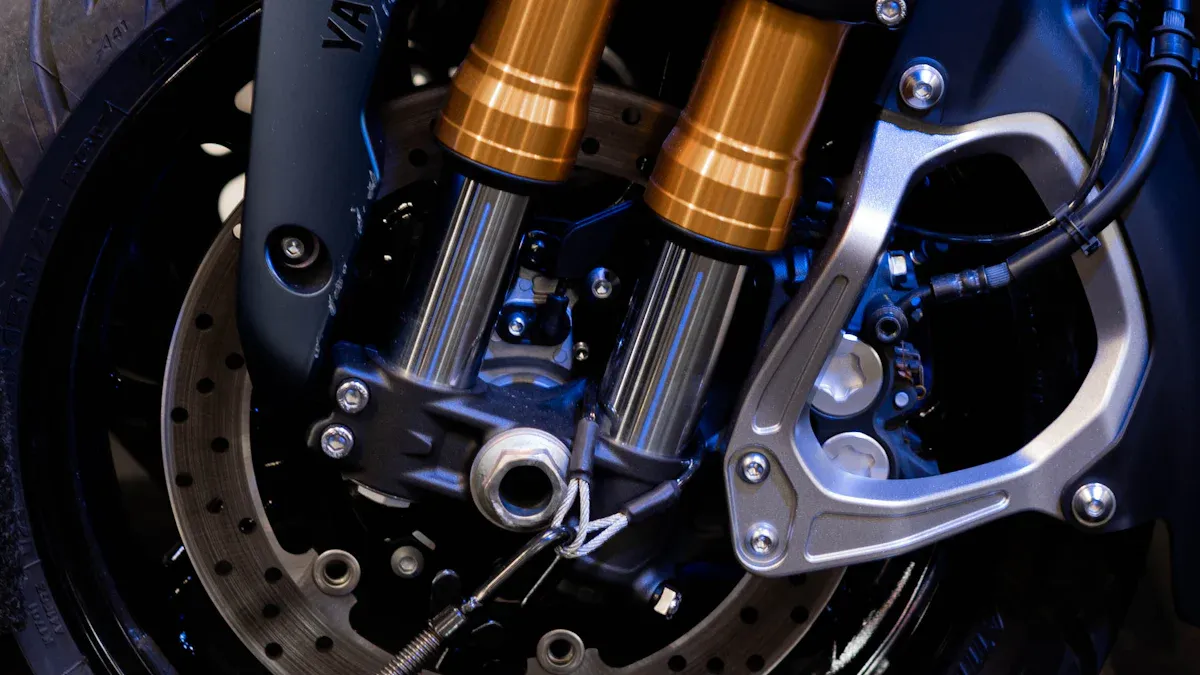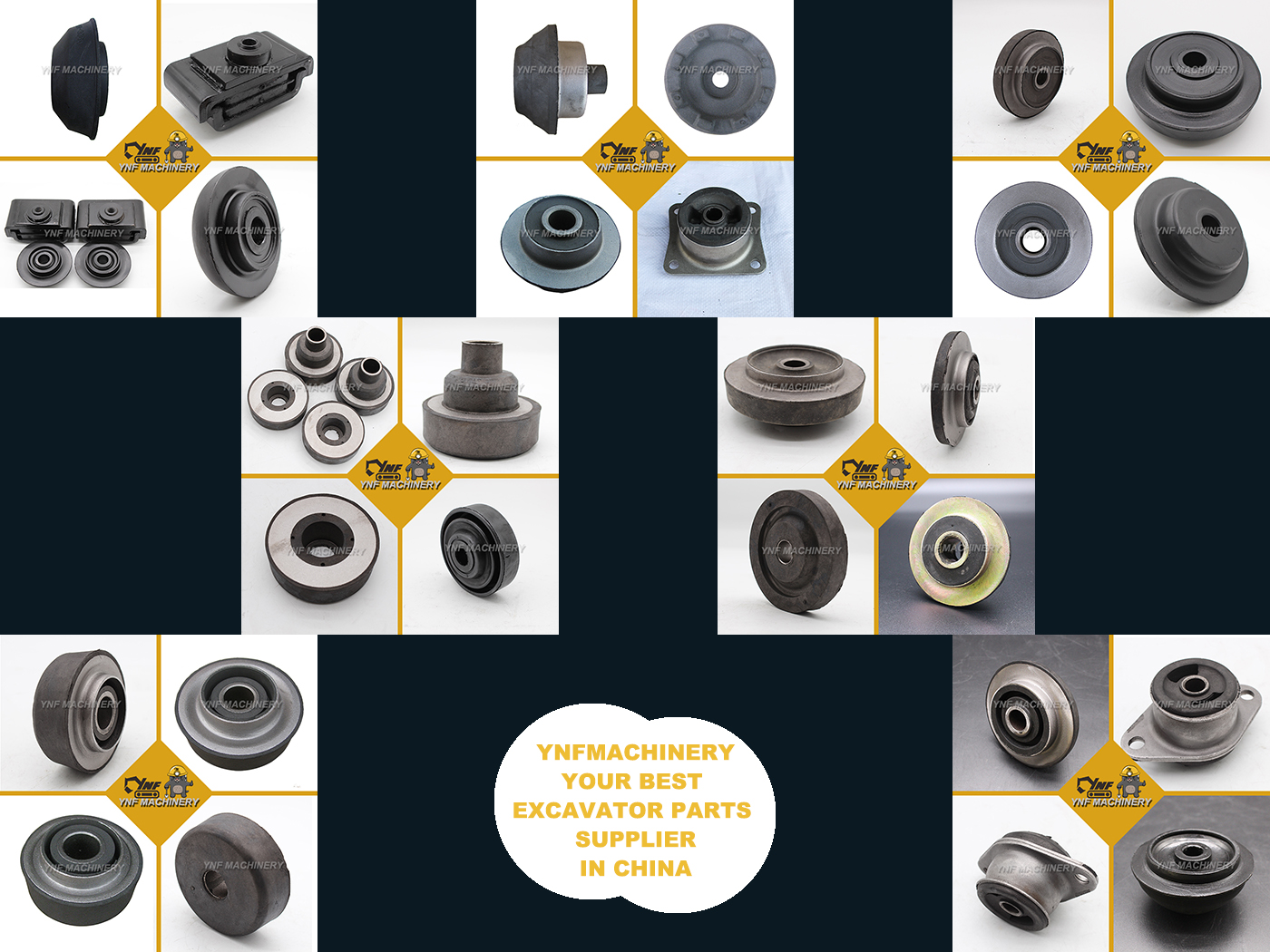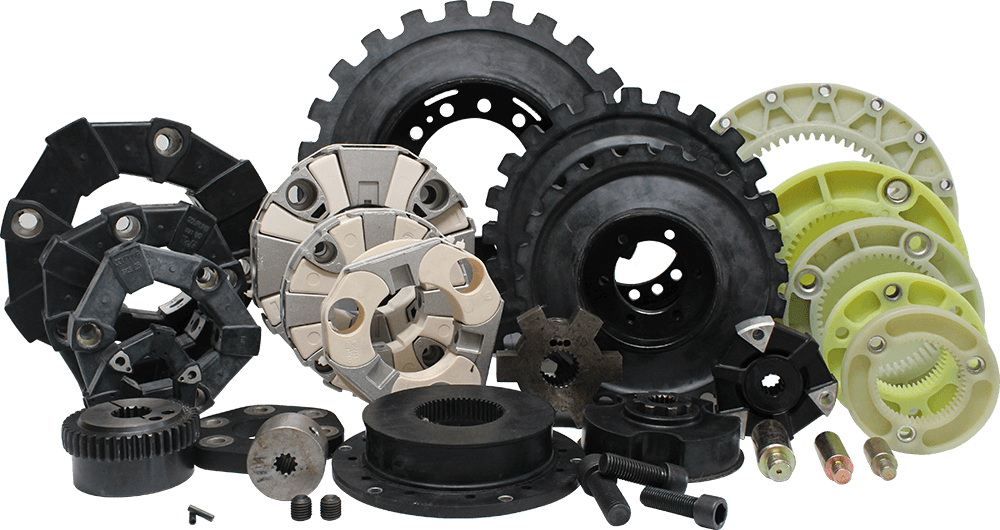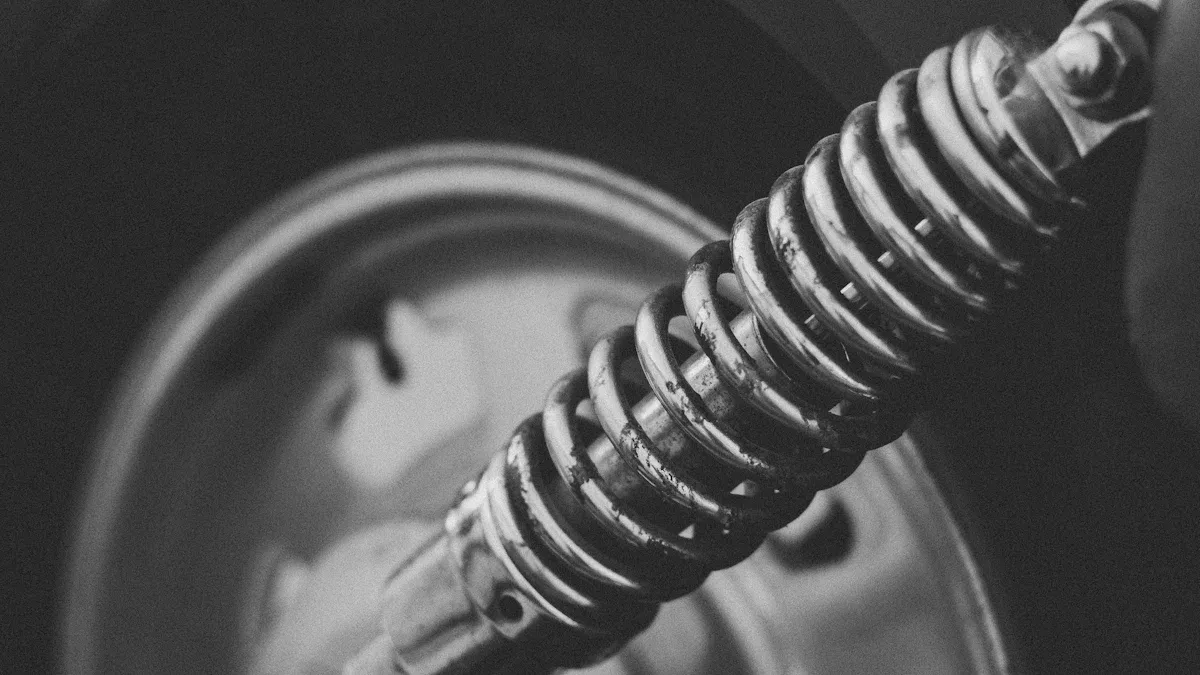
Rubber vibration mounts help keep vibrating machines apart from other things. These mounts use rubber to soak up and spread out vibration energy. This stops noise and shaking from moving to other places.
They make machines quieter by stopping vibration from reaching floors or walls.
They use materials like neoprene and natural rubber to stop shaking well.
Their simple design makes them cheap and good for many jobs.
Key Takeaways
Rubber vibration mounts take in vibration energy and spread it out. This makes machines quieter. It also lowers noise in homes and factories.
Picking the right vibration mount is very important. You should match the mount’s load capacity and frequency range to your equipment. This helps your equipment work better.
Rubber mounts protect equipment from damage. They help equipment last longer. They do this by lowering wear and tear from vibrations.
There are different kinds of rubber mounts, like cylindrical and conical. Each type has a special job. Choose the right type for your needs to control vibration well.
Installing vibration mounts the right way makes them work better. You should follow the instructions. This helps keep vibrations away and makes equipment last longer.
Rubber Vibration Mounts
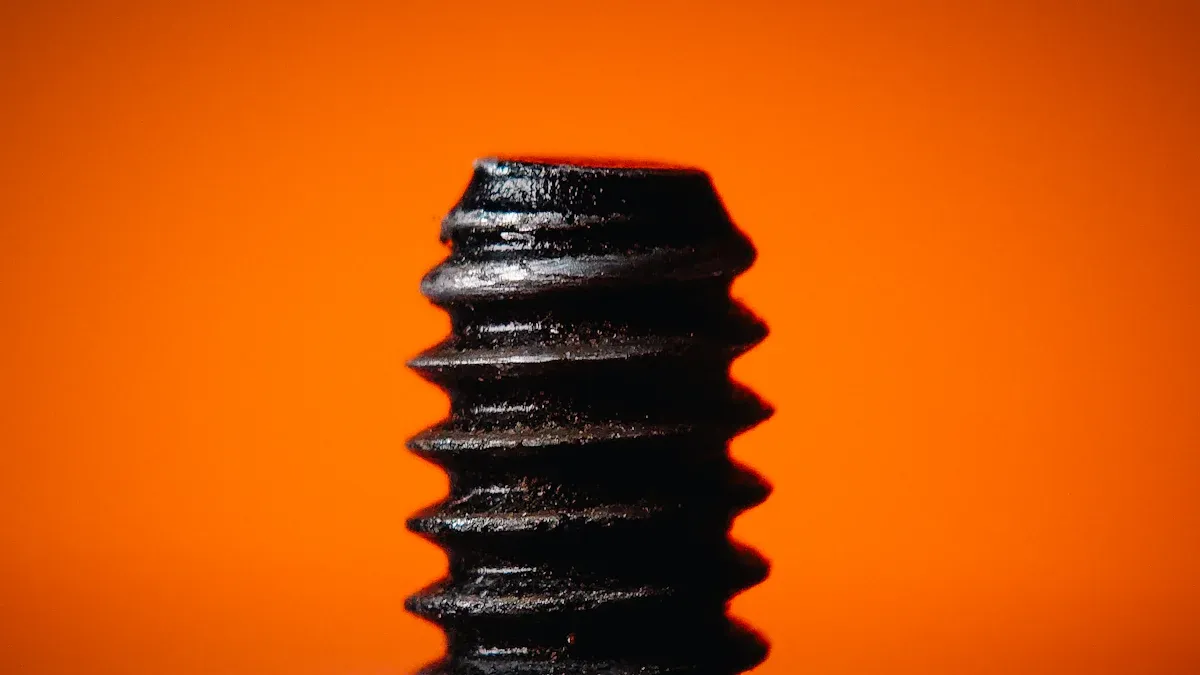
What They Are
Rubber vibration mounts help keep machines steady and quiet. These mounts work like soft pads under equipment. When a machine shakes, the rubber takes in most of the energy. This keeps vibration from moving to floors or walls.
Rubber vibration mounts are also called rubber isolators or suspension mounts. They help lower noise and protect equipment. These mounts do not need power to work. Most are made from rubber or rubber mixed with metal. The main job is to stop vibrations and noise from spreading. They also soak up shocks from bumps or drops.
Tip: Rubber mounts can help machines last longer. They lower wear and tear from shaking.
Here are the main jobs of rubber mounts:
Keep vibrations from engines and pumps away from other parts
Soak up shocks from bumps or drops
Lower noise by stopping vibration from moving
Protect equipment and nearby things from harm
Common Uses
Rubber vibration mounts are used in many places. They are important in homes and factories. Here are some common uses:
Automotive Industry: Cars and trucks use these mounts. They hold engines and transmissions in place. This makes rides smoother and quieter by lowering vibration and noise.
Industrial Machinery: Factories use mounts for machines like pumps and generators. This helps machines work well and stops damage from shaking.
HVAC Systems: Heating and air units use anti-vibration mounts. These keep vibrations from moving through buildings and make rooms quieter.
Consumer Electronics: Printers, speakers, and hard drives use rubber mounts. This keeps them steady and lowers extra noise.
Laboratories: Testing equipment needs a steady base. Rubber vibration mounts help keep results correct by blocking outside shaking.
Home Appliances: Washing machines and dishwashers use rubber mounts. This keeps them steady and stops shaking when used.
Furniture: Some furniture has rubber feet or pads. These stop scratches and keep furniture from sliding.
Using anti-vibration mounts gives many good results. You get less noise, so your space feels better. Equipment lasts longer because mounts lower shaking and shocks. This means you spend less fixing things. The mounts also help keep machines in place, so they work better.
Note: Picking the right vibration mount can make your home or work safer and help things work better.
How Vibration Mounts Work

Vibration Isolation Principle
A vibration mount acts like a bridge. It keeps shaking from moving between two places. When you use rubber vibration mounts, you put a soft layer under the machine. This layer works as a decoupler. It blocks most vibration energy from passing through. The rubber soaks up and spreads out the energy. Less vibration reaches the floor or walls.
Rubber mounts work as a decoupler between vibrating parts and surfaces.
The rubber absorbs and spreads out vibration energy. This stops it from moving to other surfaces.
This lowers the strength of vibrations and keeps them from spreading.
Vibration isolation mounts help by cutting down how much vibration moves from one place to another. Damping is important in this process. The rubber changes vibration energy into heat. This helps lower the strength of vibrations. You get less noise and more comfort in your space. That is why anti-vibration mounts are used in factories and cars.
The design of a vibration mount matters for how well it works. Here is a table with some key ideas:
Concept | Description |
|---|---|
Natural Frequency | The frequency where the mount vibrates on its own. You need to tune this to avoid problems. |
Spring Stiffness | How stiff the rubber is affects how well it stops vibrations. |
Vibration Transmissibility | This shows how much vibration passes through. It compares the vibration source frequency to the mount’s natural frequency. |
Tip: If you match the natural frequency of the mount to your machine, you can get better vibration and noise reduction.
Energy Absorption
Rubber mounts do more than block vibration. They also soak up and slow down shaking. When your machine vibrates, the rubber moves and takes in the energy. This stops power from moving to other parts. The damping in rubber turns vibration energy into heat.
Rubber compensators soak up and slow down vibrations. This stops them from spreading.
When rubber faces vibration, it moves and takes in energy. This blocks power transfer.
The damping in rubber turns vibration energy into heat. This helps control vibration.
Rubber has a special property called hysteresis. This means it can turn vibration energy into heat. This helps with vibration dampening mount performance. Its stretchiness lets it act as a buffer. Vibrations do not pass straight through. These features make rubber great for shock absorption and protection from vibrations in cars, machines, and buildings.
Anti-vibration mounts help with both vibration and noise reduction. They keep machines steady and safe. They also help control vibration in factories and homes. When you use the right vibration mount, you protect your equipment and make your space quieter.
Types of Anti-Vibration Mounts
There are different kinds of rubber vibration mounts. Each kind works best for certain jobs. You should know how each mount stops shaking and keeps your equipment safe.
Cylindrical
Cylindrical mounts are shaped like a tube. They have rubber between two round metal plates. This design helps block shaking from engines and pumps. You can use these mounts in cars and machines. They can hold different weights and keep things quiet.
Here is a table with main features of cylindrical mounts:
Feature | Description |
|---|---|
Structure | Rubber joined to metal, molded together |
Load Handling | Can hold many types of weight |
Applications | Used in cars, machines, and tools to lower noise and shaking |
Tip: Cylindrical mounts are good for stopping shaking in many directions.
Conical
Conical mounts look like cones. They are used for heavy jobs. These mounts hold big weights and block strong shaking and bumps. You find them in big machines and vehicles. Conical mounts work well and make less noise. They are easy to put in and last a long time.
Conical mounts help keep large machines safe. They change shape to handle different shaking levels. This gives better safety for your equipment.
Sandwich
Sandwich mounts have rubber between two flat metal plates. This design blocks shaking from many directions. You use sandwich mounts in heating systems, electronics, and boats. They work well on walls and ceilings. You can drill holes anywhere on the plates, so they are easy to install.
Here is a table that compares mount types:
Type | Description | Typical Use |
|---|---|---|
Cylindrical | Rubber inside metal, stops up-and-down shaking | Engines, compressors, generators |
Sandwich | Rubber between plates, blocks shaking all ways | HVAC, electronics, boats |
Cone | Holds heavy weights, blocks shaking all ways | Cars, big machines |
Note: Sandwich mounts are easy to install and control shaking well.
Custom Shapes
Sometimes you need special-shaped mounts for certain jobs. These mounts fix problems that regular mounts cannot. For example, EPDM cone mounts help outdoor heating units by lowering roof noise and stopping frame damage from wind. Engine mounts protect rubber from chemicals in factory tools and generators. Sandwich mounts for walls and ceilings let you drill holes anywhere on the plates.
Here are some examples:
Custom-Shaped Mounts | Application | Problem Solved |
|---|---|---|
EPDM Cone Mounts | Outdoor heating units | Lowers roof noise and stops frame damage |
Engine Mounts | Factory tools, diesel generators | Keeps rubber safe from chemicals |
Sandwich Mounts | Wall and ceiling setups | Lets you drill holes anywhere on the plates |
Custom shapes help fix shaking problems that regular mounts cannot. You get better safety and longer life for your equipment.
Vibration Isolation Mounts Materials
Rubber Properties
It is important to know why rubber is good for vibration isolation. Rubber mounts have special features that help machines stay steady and quiet. The table below lists the main things that make rubber a great choice for vibration control:
Property | Description |
|---|---|
High Strength | Stays strong under stress and lasts a long time. |
High Fatigue Resistance | Handles repeated use without wearing out quickly. |
Excellent Rebound Properties | Returns to its shape after being pressed or stretched, which helps with vibration isolation. |
Moderate Production Costs | Offers a good balance between price and performance. |
Superior Damping Properties | Reduces vibration better than metal springs. |
Lightweight | Easy to install and does not add much weight to equipment. |
Exceptional Extensibility | Stretches a lot, so it absorbs shocks well. |
Temperature Stability | Works well in different temperatures, even in marine or industrial settings. |
The hardness of rubber is called durometer. You can pick soft or hard rubber mounts for your needs:
Soft mounts are better at stopping vibration.
Hard mounts can hold heavier things.
A durometer of 40 to 60 Shore A works for most jobs.
Higher durometer means it is harder and holds more weight, but does not stop vibration as well.
Lower durometer means it stops vibration better, but cannot hold as much weight.
Durometer changes how much the mount bends and how much weight it can take.
Tip: Choose the right durometer for your job. This gives you the best mix of vibration control and support.
Other Materials
Other materials are also used in vibration mounts, especially in factories. Each one has good and bad points. The table below shows some common choices:
Material | Temperature Resistance | Ozone Resistance | Oil Resistance | Cost | Flexibility | Compression Set |
|---|---|---|---|---|---|---|
Natural Rubber | Up to 200℉ | Sensitive | Lower | Lower | Better at low temps | Lower |
Neoprene | Up to 275℉ | Resists | Higher | Higher | Poorer at low temps | Higher |
EPDM rubber is tough and flexible. You can use it where there is a lot of sun, rain, or heat. EPDM works well in many factory jobs because you can change its weight and hardness for different uses.
Note: Always pick the right material for your vibration mount. This helps your equipment last longer and work better.
Choosing a Vibration Mount
Load and Weight
When picking a vibration mount, think about your equipment’s weight. The mount must hold the load without bending or breaking. You should also check how well it dampens shaking. This helps your machine stay steady and quiet. The table below shows what to look for:
Factor | Description |
|---|---|
Load capacity | The mount must support the weight of the equipment or machinery it isolates. |
Frequency range | The range of vibrations to be isolated is crucial for selecting the right mount. |
Damping characteristics | The required level of damping varies by application, affecting vibration reduction and stability. |
If you pick the wrong mount, your equipment can wear out faster. You might need more repairs, and your machine may not work well.
Tip: Always match the load rating of the mount to your equipment. YNF Rubber has mounts for many weights and uses.
Frequency
Vibration frequency is important when choosing a vibration isolation mount. You need to keep the vibration frequency different from the mount’s natural frequency. If they match, the vibration gets stronger instead of weaker. Rubber mounts work best for vibrations below their resonance frequency. Their design and material help block unwanted shaking.
Rubber mounts work well for vibrations below their resonance frequency. This depends on the material and design.
How rubber mounts perform depends on dynamic stiffness and damping. These are important for blocking vibrations at different frequencies.
Using more than one mount in stages can help block vibrations over a wide range.
You can get up to 95% less vibration if you pick the right mount for your frequency range.
Environment
You need to think about where you will use anti-vibration mounts. Temperature, humidity, and chemicals can change how rubber works. The table below shows how different materials react:
Material Type | Temperature Tolerance (°F) | Chemical Exposure Effects |
|---|---|---|
Natural Rubber | Up to 176° F long-term, 266° F short-term | Becomes soft at high temperatures, brittle in cold |
NBR Rubber | Up to 248° F long-term, 302° F short-term | Limited low-temperature tolerance, higher heat resistance |
Silicone | -76° F to 446° F | Best temperature range, but UV light can damage it |
Pick a mount that fits your environment. For factories or cars, choose rubber mounts that resist heat, cold, and chemicals.
Installation
Installing vibration isolation mounts the right way helps them work well. Follow these steps:
Make sure the frame is strong and check spring mount deflection for even setup.
Use brackets that are much stiffer than the anti-vibration mounts.
Size metal bases to cover the whole mount area.
Spread the load over the full surface of the elastomer pads.
For high vibration in pipes, add damping with inertia bases and Sylomer bands.
If you install mounts correctly, you get better vibration isolation and longer equipment life.
Note: Picking the right anti-vibration mount for your job is important. If you choose the wrong type, you may get more noise, less accuracy, and faster wear. Always match the mount to your needs. YNF Rubber can help you find the best solution for cars, factories, or home use.
Rubber vibration mounts help in many places like factories and stores.
They lower stress on machine parts so they last longer.
They make less noise and help stop damage to buildings.
They help machines last longer and save money on repairs.
They keep workers safe and make work better.
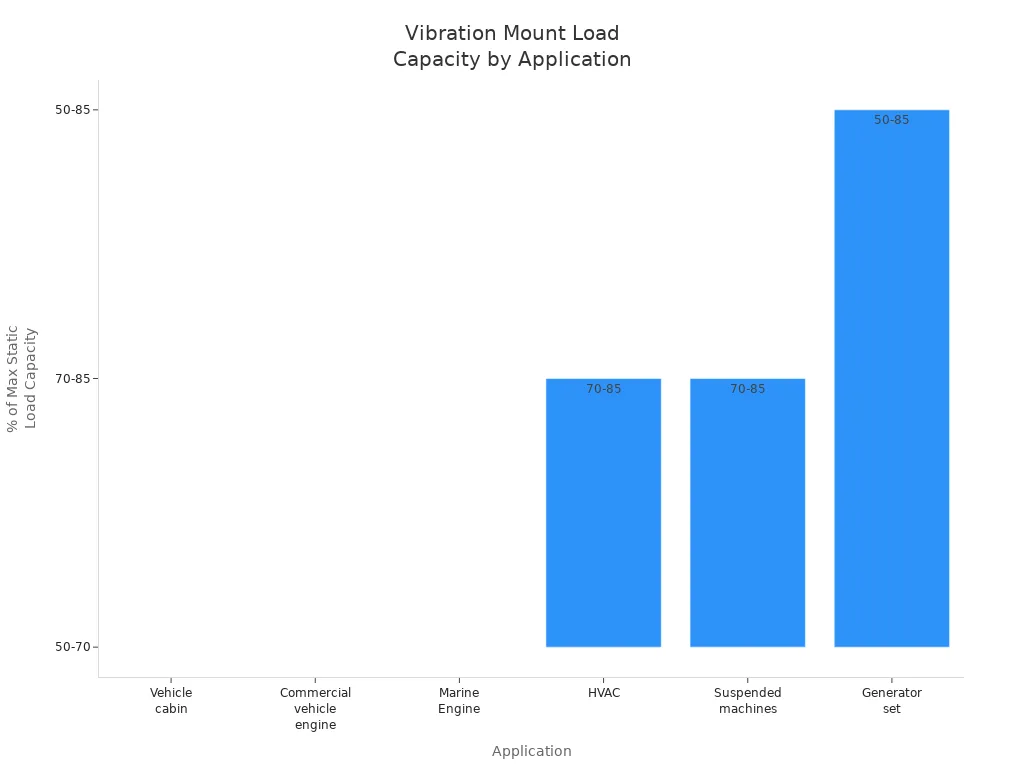
It is important to pick the right mount. You should match the weight, type, and where you use it. If you are not sure what to choose, ask a vibration isolation expert for help.
FAQ
What is the main purpose of a rubber vibration mount?
You use a rubber vibration mount to stop vibrations from moving between machines and surfaces. This helps reduce noise and protects your equipment from damage.
How do I choose the right vibration mount for my machine?
Check your machine’s weight and the type of vibration it makes. Pick a mount that matches these needs. If you feel unsure, you can ask YNF Rubber for help.
Can rubber vibration mounts reduce noise?
Yes, rubber vibration mounts lower noise by blocking vibrations. You get a quieter space because the mounts stop sound from traveling through floors and walls.
Where can I buy quality rubber vibration mounts?
You can buy high-quality rubber vibration mounts from YNF Rubber. They offer many types for different machines and uses.
How long do rubber vibration mounts last?
Rubber vibration mounts last for years if you use them correctly. Their lifespan depends on the environment and how much weight they hold. Check them often for signs of wear.


